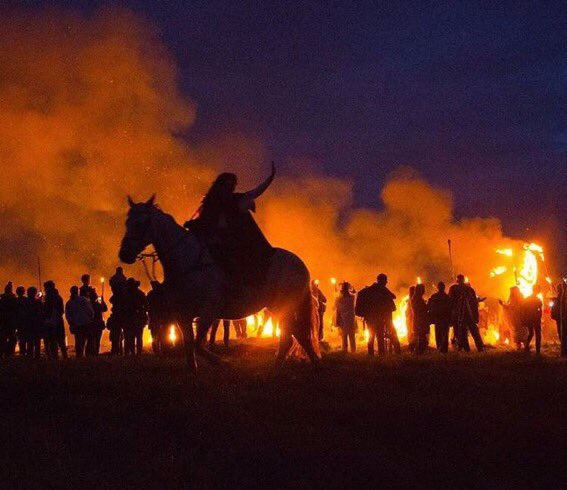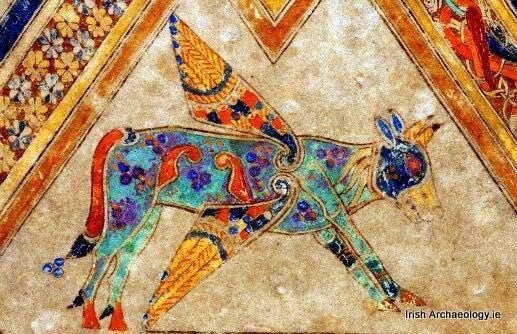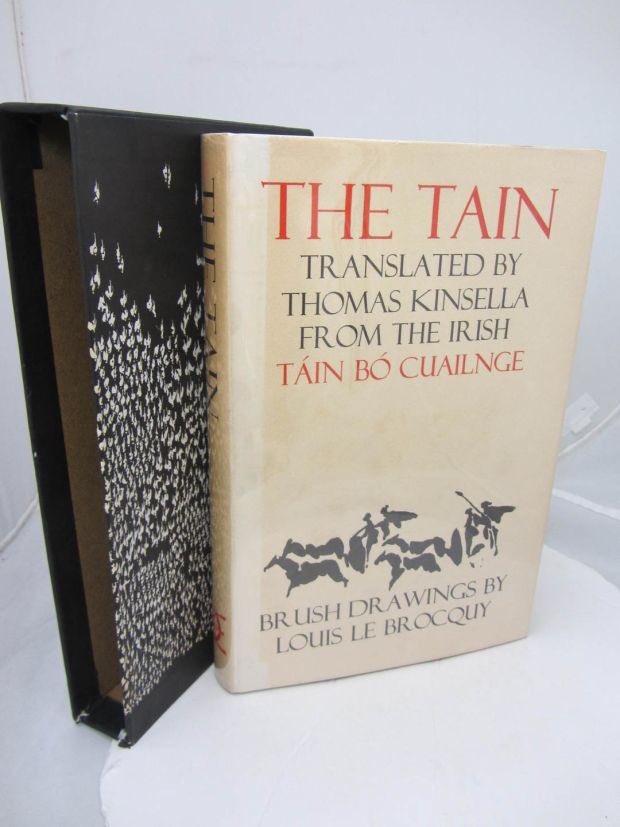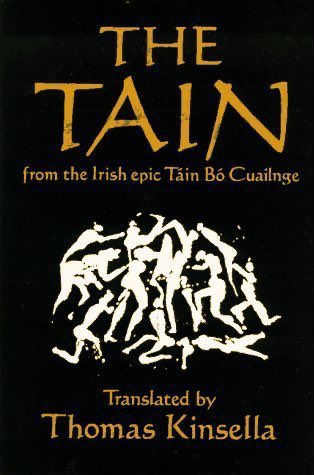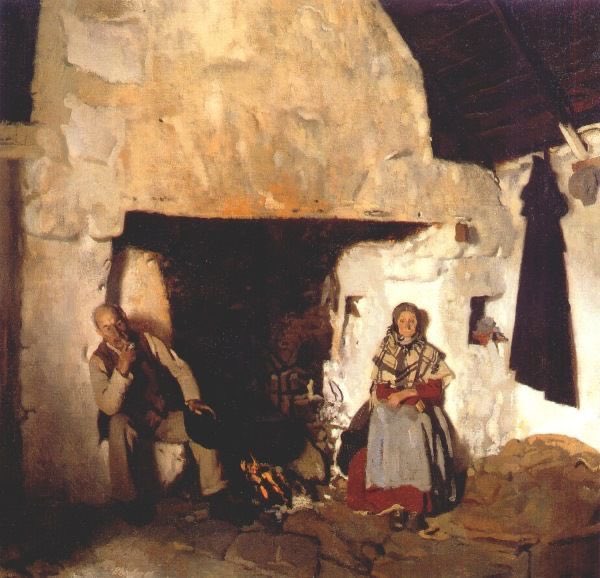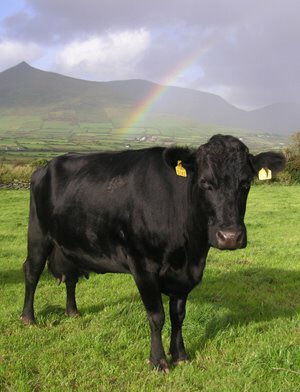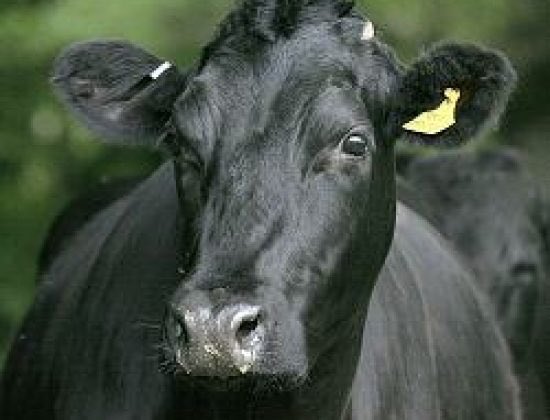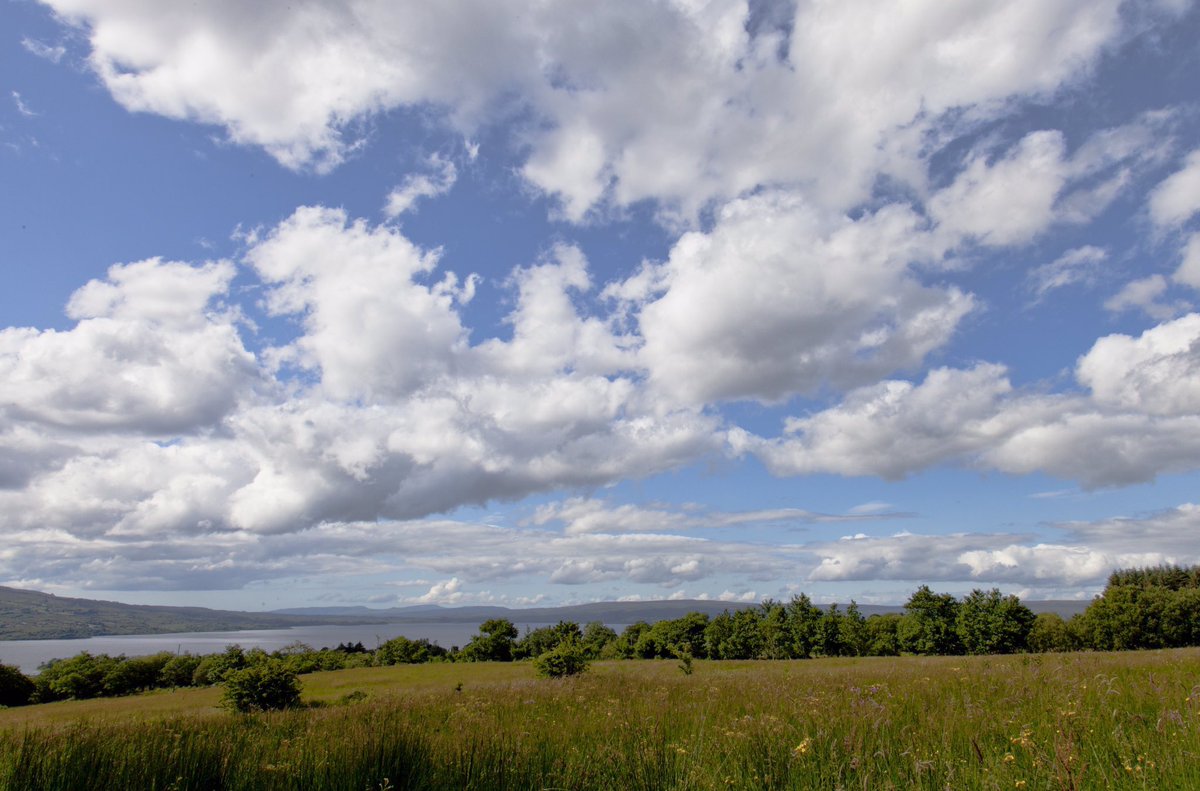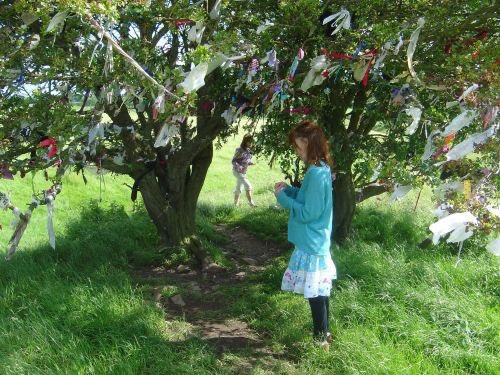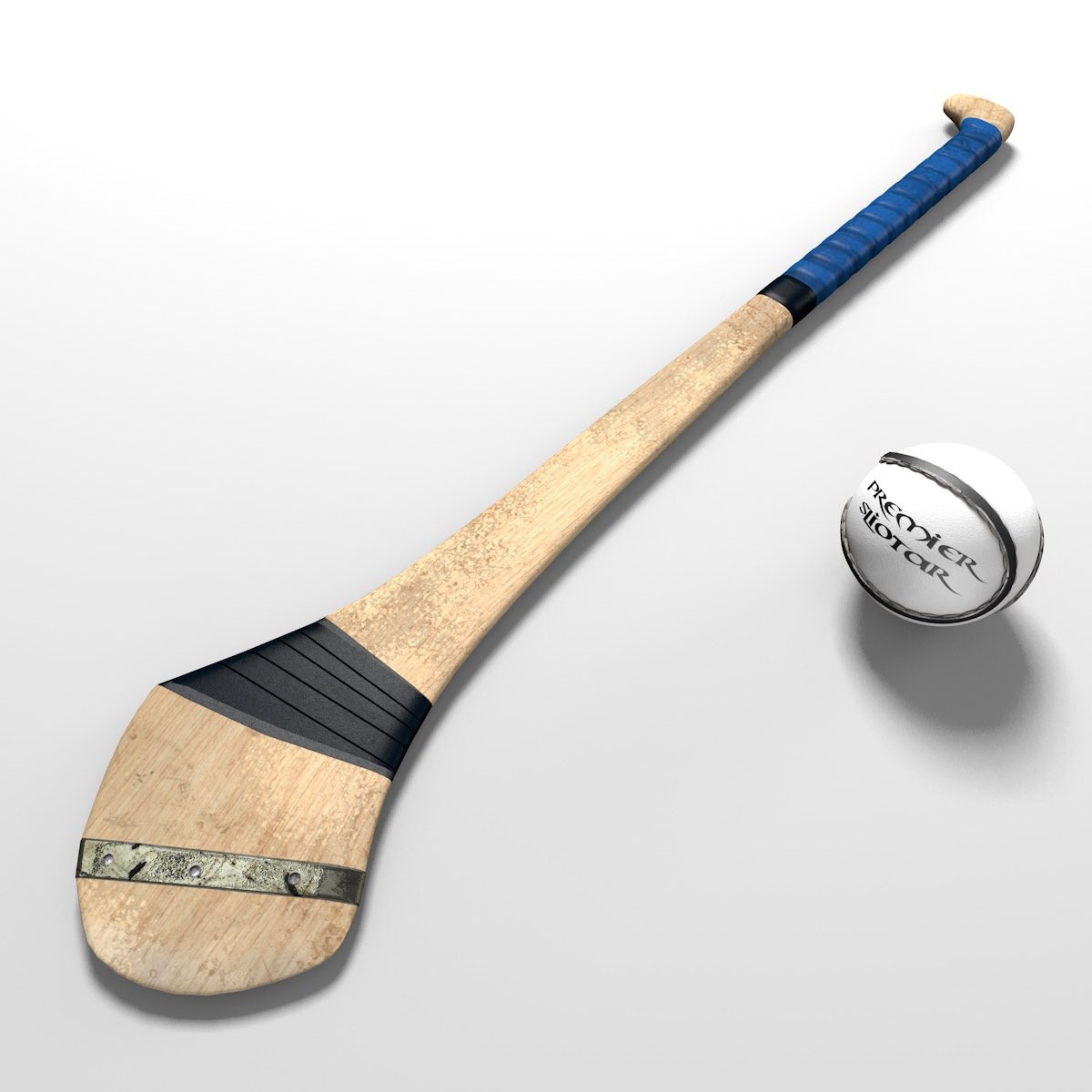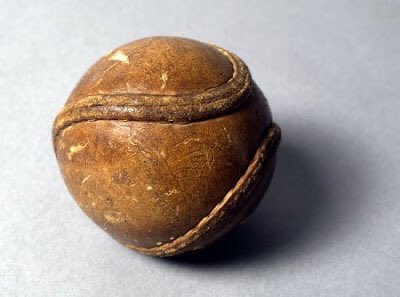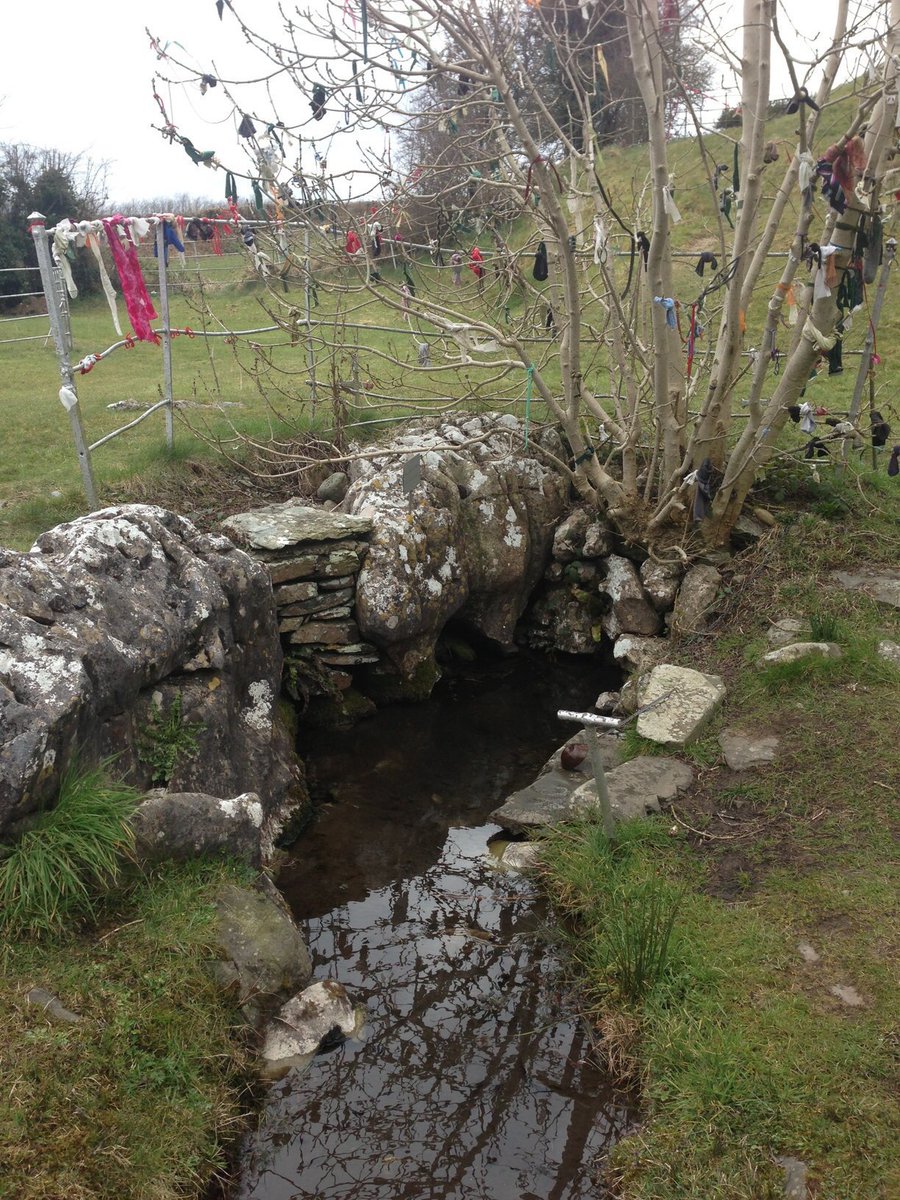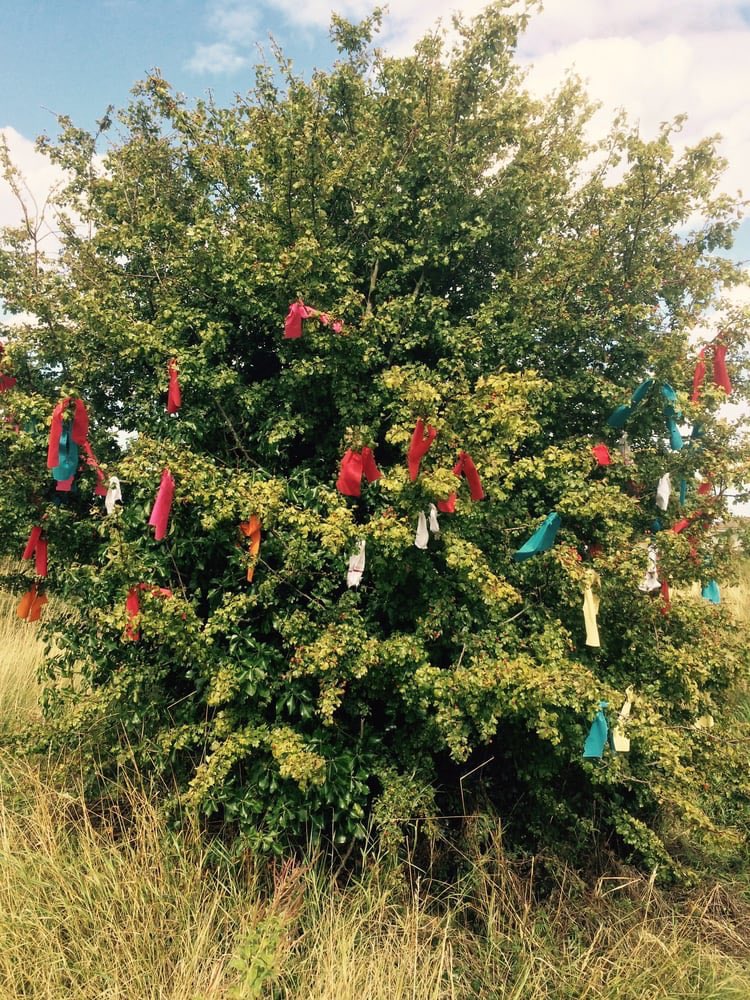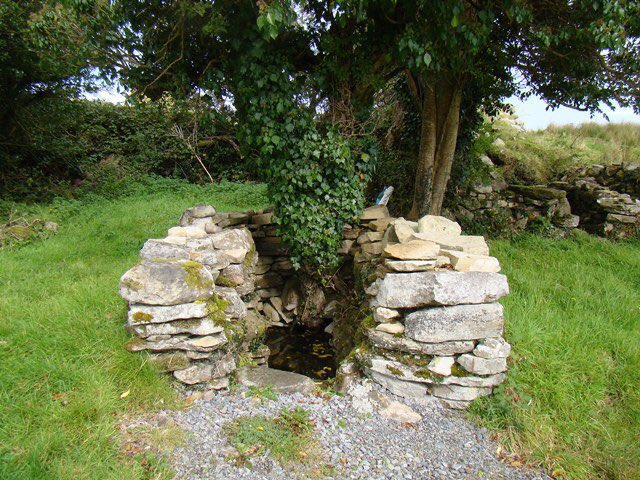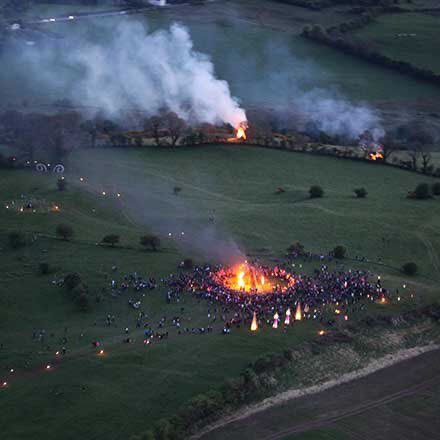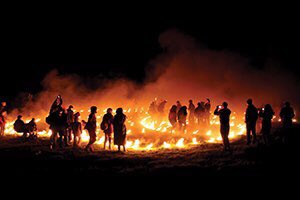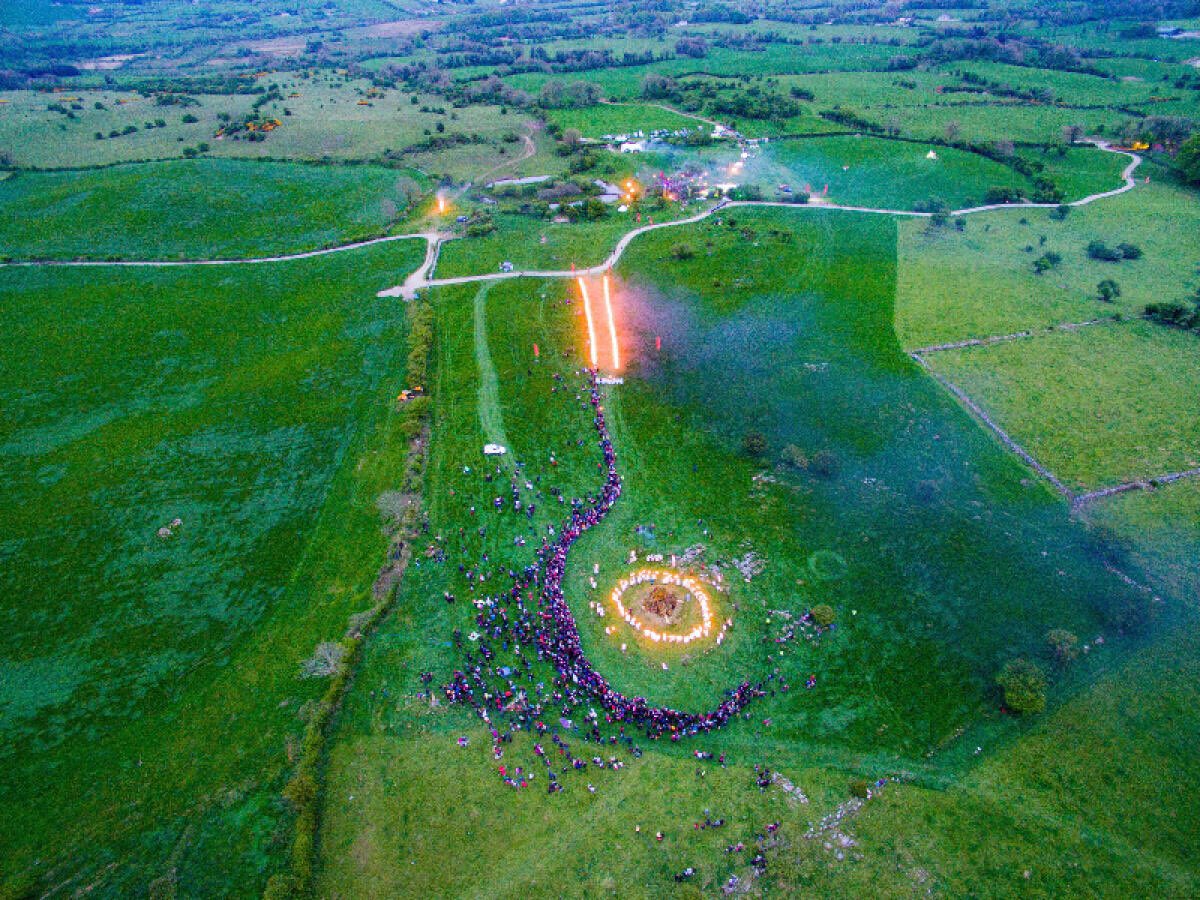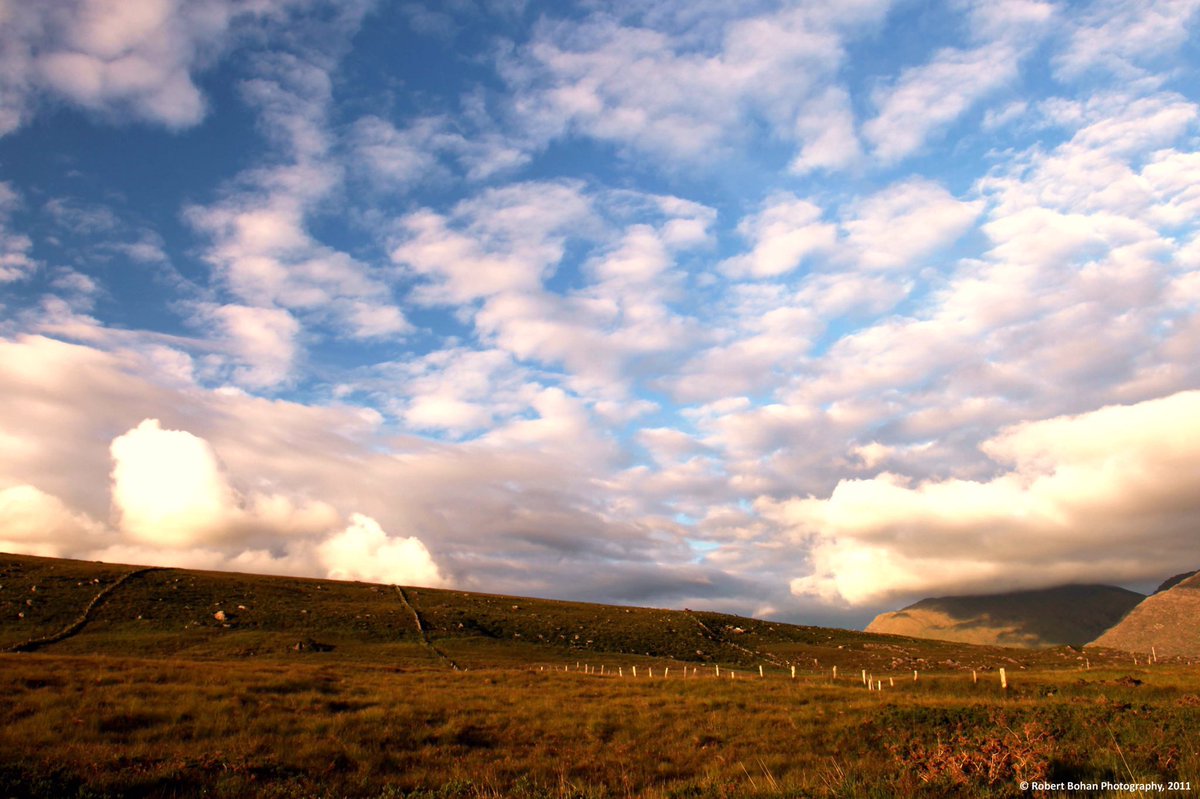Thread: Today is the Feast of Bealtaine. It is one of the four major Celtic ancient feasts, the others are Samhain, Imbolc & Lughnasadh. It’s also considered the first day of Summer in Gaelic Ireland & Scotland. Let’s examine this 2500y old tradition! #MayDay2021
The Feast name ‘Bealtaine’ is believed to be etymologically derived from the Irish words for ‘bright fire’. Thus the most significant part of this ceremony were the fires that were lit. It is also known as the Sun Fire Festival (Celtic Idol, Boa Island)
Bealtaine marks an important part of the farming season as this was the day when cattle were brought from winter grazing to the summer uplands. The Irish practised Transhumance from at least 2,000 years ago. (Book of Kells, 800AD)
The cleansing element was to protect the herds from disease. Hiberno-Celtic livelihood was reliant on cattle for wealth & indeed much of the ancient mythology centres on ‘cattle raids’ - the most famed being The Táin Bó Cúailnge (Setanta Wall, Dublin by Desmond Kinney)
Bonfires were the ritual cleansing aspect of the celebration. Flames were brought home & used to light the family fire & tapers (an early form of candle) as part of the ceremony. Even the ash of the fire had magic properties. (Orpen, Cottage Interior)
Two fires were lit by the Celtic Druids & the cattle were walked between them to cleanse them, before they were taken to the uplands. Transhumance (seasonal movement of animals) is known as Booleying in Ireland. (Native Kerry Black Bull: it is an ancient Irish breed)
Booleying also meant that cowherds would live with the animals in the uplands where they could milk & guard them from rustlers & wolves. These cattle folds were termed Buaile. The system mostly died out under Colonial occupation.
To head out to the summer grass was known as to ‘Buail an bóthar’ or ‘Hit the Road’ for thousands of years. This Irish idiom is now ubiquitous & was best expressed by Ray Charles in ‘Hit the Road Jack’ (1961)
As with Samhain (a feast that the Church appropriated as Halloween) acknowledgements were required to the ancient gods, so offerings of food & drink were left outside. As the gods were replaced, the tradition continued with gifts to the ‘Little People’.
Another aspect of Bealtaine was the May Bush. This practise is more common in the Hiberno-Norman areas (Wexford, Clare & Kilkenny). A hawthorn was chosen & decorated with red ribbons & eggs. Here is the ritual fertility aspect. Additionally the thorn is a common sacred tree.
Danaher, the folklorist, recorded an updated version where hurling balls (sliotar) were hung on the May Bush & then distributed to winners of hurling matches. No wonder Irish people love Christmas Trees!
In Hiberno-Celtic culture the gods were associated with trees, mountains, wells & rivers. Thus the May Bush with its offerings & the visiting of Sacred, (later) Holy, Wells. A distant echo is the Irish Catholic Church practise of ‘patterns’ today.
Patterns (Deasil) visited graveyards in specific order on certain Sundays. Older versions included visiting a Sacred Well & walking around it a certain number of times in a clockwise direction. This is a folk memory of pre-Christian practise & recognition of the god of the well.
Ceremonies relating to Bealtaine were widely practised until the 1950s. A haemorrhaging rural population, emigration & the growth of cities meant some traditions were lost. With the decline of the de facto theocracy of the 20th C Irish people are celebrating them again.
A key site for Bealtaine is the Hill of Uisneach. It has long been seen as the centre of Ireland. Fires were set there on Bealtaine. Once lit, a responding fire was lit on the Hill of Tara & then on every sacred mountain of the island in response.
Uisneach was the site in Irish mythology where the goddess Éiru was promised that the Island would be named for her & so the correct name for the land is Éire & this is in the Constitution of Ireland & recognised by the UN. She is buried on the Hill under the Cat Stone (Pic)
. @UisneachFire celebrates the event (I’ve borrowed some of their great images for this thread). Check out their website. The High Kings of Ireland were said to marry Éiru at Uisneach. The site is also associated with the great god Lugh
We know from Scotland (where the Gaelic Irish gave the country its name & colonised the West Coast) that there were foods associated with the feast. Such records are rare in Ireland, as a result of an tOcras Mór (1845-9) when 1-1.5m people died in the Great Famine.
The photos in this thread are used under fair use for educational purposes. If one of these belongs to you please let me know & I will either acknowledge the image or delete as requested.

 Read on Twitter
Read on Twitter